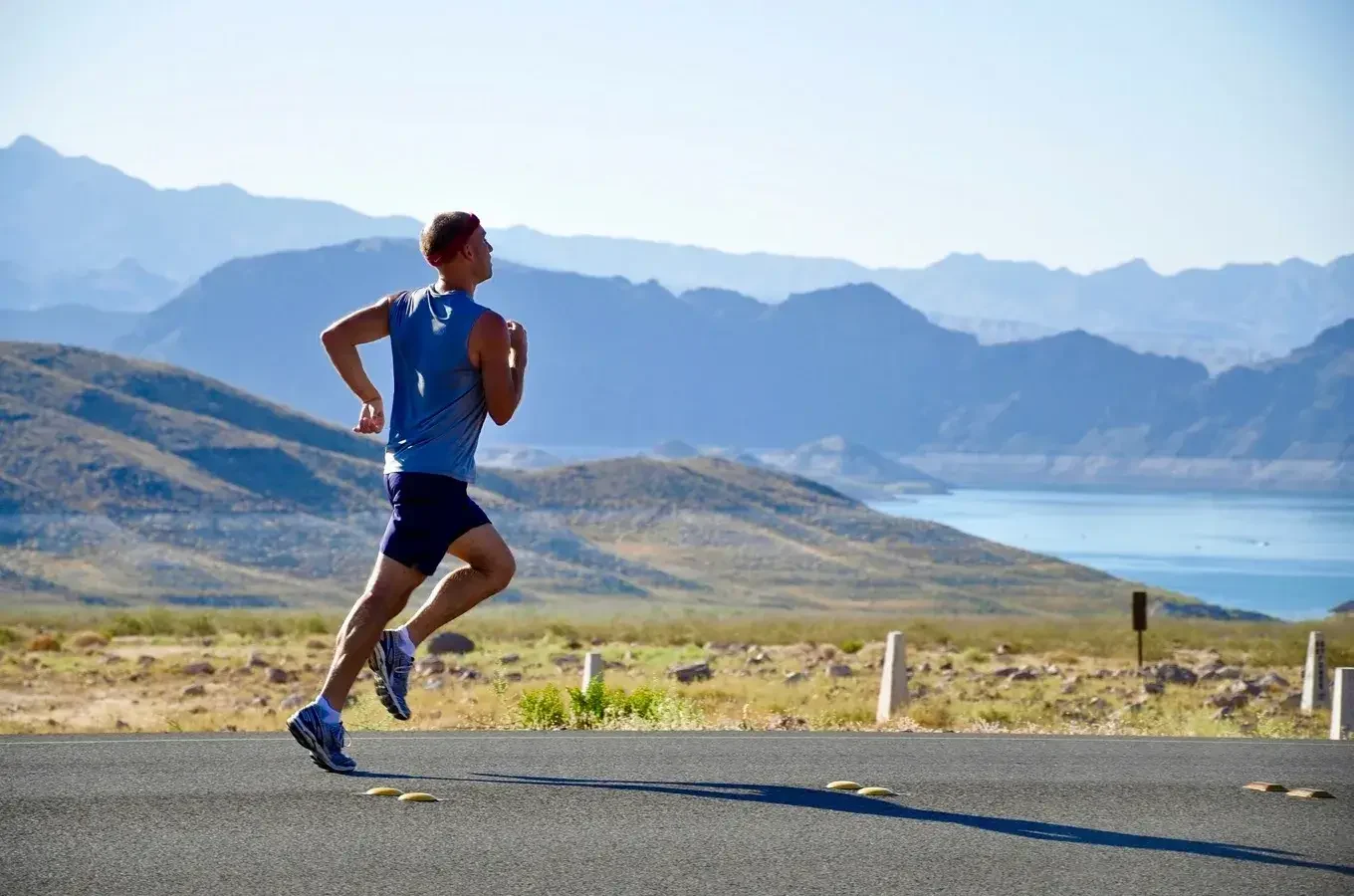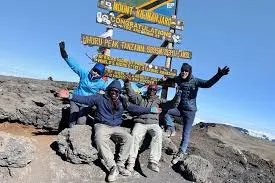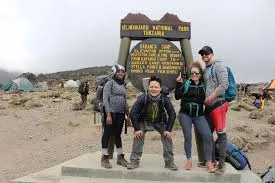How to Train for High-Altitude Trekking
Training for high-altitude trekking, like climbing Mount Kilimanjaro, requires a strategic mix of cardiovascular endurance, strength, and mental preparation. At Capable Africa Tours, we’ve guided thousands to the summit, and our expert training plan will help you conquer altitudes up to 19,341 feet. Focus on aerobic exercises, weighted hikes, and acclimatization techniques over 3–6 months to ensure a safe, successful trek.
Plan Your Kilimanjaro Trek Now
Your Ultimate High-Altitude Trekking Training Plan
Training for high-altitude trekking is about building endurance, strength, and resilience to handle low oxygen levels and rugged terrain. A 3–6 month program combining cardio, strength training, and altitude simulation prepares you for Mount Kilimanjaro’s challenges. Below is a detailed guide from Capable Africa Tours to help you train effectively.
Key Training Components
- Cardiovascular Fitness: Aim for 4–5 sessions weekly (45–60 minutes) of running, cycling, or swimming to boost lung capacity and stamina.
- Strength Training: Focus on lower body (squats, lunges) and core (planks, Russian twists) 2–3 times weekly to handle steep inclines.
- Hiking Practice: Train with 3–6 hour hikes weekly, carrying a 5–7kg pack to simulate Kilimanjaro’s daily treks.
- Altitude Simulation: Use stair climbing, incline treadmill walks, or altitude masks to mimic low-oxygen conditions.
- Mental Preparation: Practice visualization and stress management to stay focused during fatigue and altitude challenges.
Sample 12-Week Training Schedule
| Week | Cardio (4–5x/week) | Strength (2–3x/week) | Hiking (1–2x/week) | Rest/Recovery |
|---|---|---|---|---|
| 1–4 | 30–45 min run/cycle (moderate pace) | Squats, lunges, planks (3 sets, 12–15 reps) | 2–3 hr hike, flat terrain, 3kg pack | 2 days active recovery (yoga, walking) |
| 5–8 | 45–60 min run/cycle (intervals) | Add deadlifts, step-ups (3 sets, 10–12 reps) | 4–5 hr hike, moderate incline, 5kg pack | 2 days active recovery |
| 9–12 | 60 min run/cycle (high intensity) | Increase weight, add pull-ups (3 sets, 8–10 reps) | 6–8 hr hike, steep incline, 7kg pack | 1–2 days full rest |
Why High-Altitude Training Matters
High-altitude trekking, like climbing Kilimanjaro, demands preparation for low oxygen, variable weather, and physical strain. Proper training reduces the risk of altitude sickness, improves endurance, and boosts confidence. Capable Africa Tours emphasizes a holistic approach to ensure you’re ready for the 19,341-foot summit.
Benefits of Proper Training
- Reduced Altitude Sickness Risk: Gradual acclimatization lowers the chance of AMS by 20–30% (based on studies).
- Improved Endurance: Cardio training increases VO2 max by up to 15% over 12 weeks.
- Enhanced Strength: Leg and core exercises reduce injury risk on steep terrain.
- Mental Resilience: Visualization techniques improve focus during long summit days.
Visualize Your Kilimanjaro Training
See how Capable Africa Tours prepares trekkers for high-altitude success. Watch this video for training tips and Kilimanjaro insights.
Acclimatization Strategies for High-Altitude Trekking
Acclimatization is critical for high-altitude trekking to prevent altitude sickness and ensure summit success. Capable Africa Tours incorporates acclimatization into our itineraries, but you can prepare at home too. Here’s how to adapt to altitudes like Kilimanjaro’s 19,341 feet.
- Gradual Exposure: Hike at increasing elevations (e.g., 5,000–10,000 feet) over weeks.
- Hydration: Drink 3–4L of water daily to support oxygen delivery.
- Altitude Simulation: Use altitude masks or train in hypoxic chambers if available.
- Medication: Consult a doctor about Diamox (125–250mg daily) for AMS prevention.
- Rest Days: Plan rest days during training hikes to mimic Kilimanjaro’s acclimatization days.
Altitude Sickness Risk
Studies show 50–60% of Kilimanjaro climbers experience mild AMS symptoms above 10,000 feet. Proper training and acclimatization reduce severe cases to under 10%.
Practical Tips for High-Altitude Training
Maximize your preparation with these actionable tips from Capable Africa Tours to ensure you’re Kilimanjaro-ready.
- Start Early: Begin training 3–6 months before your trek for optimal fitness.
- Mimic Terrain: Train on hills or stairs to replicate Kilimanjaro’s steep paths.
- Pack Weight: Gradually increase pack weight to 7kg to build strength.
- Monitor Health: Track heart rate (aim for 60–70% max during cardio) and consult a doctor.
- Group Training: Join hiking groups to stay motivated and learn from others.
Ready to Conquer Kilimanjaro?
Train smart and trek with confidence with Capable Africa Tours. Our expert guides, acclimatization-focused itineraries, and personalized training advice ensure a safe, memorable climb to Kilimanjaro’s summit.
- 98% summit success rate with expert guides
- Customized training plans for all fitness levels
- Eco-friendly treks supporting local communities
- Comprehensive gear and acclimatization guidance
- All-inclusive packages with meals and transfers
Limited spots for Kilimanjaro treks — book now to secure your adventure!
Plan Your Trek Now


